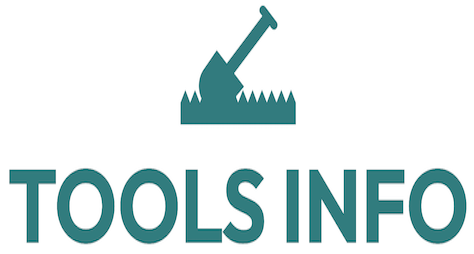3D Printing for Custom Tool Accessories and Jigs
3D printing for custom tool accessories has transformed how professionals and hobbyists approach tool modification and jig creation. By enabling rapid prototyping and personalized designs, 3D printing is impacting fabrication workflows and enhancing overall efficiency.
Understanding 3D Printing for Custom Tool Accessories
At its core, 3D printing is an additive manufacturing process that builds objects layer by layer from digital models. When applied to custom tool accessories and jigs, it offers the ability to create tailored solutions that fit specific measurement requirements or unique project demands.
What Are Custom Tool Accessories and Jigs?
Tool accessories are attachments or modifications that improve or extend the capabilities of standard tools. Jigs are specialized devices used to guide tools for precision and repeatability in fabrication. Both require precise design, which traditional methods may find time-consuming or expensive.
Key Features of 3D Printed Tool Accessories
- Customization: Designs can be tailored to exact specifications, allowing unique fits and functions.
- Rapid Prototyping: Fast iteration cycles enable designers and users to test and adjust before finalizing parts.
- Cost-Efficiency: Printing only the necessary parts reduces material waste and production costs.
- Complex Designs: 3D printing allows intricate geometries that would be difficult or impossible to create using traditional machining.
- Material Choices: A wide range of materials, including durable polymers and composites, are available for different strength and flexibility requirements.
Benefits of Using 3D Printing for Custom Tool Accessories and Jigs
The integration of 3D printing into tool modification and jig-making presents several advantages:
- Enhanced Precision and Fit: Digital design allows for perfect alignment and matching of parts, ensuring better tool performance.
- Time Savings: Eliminates the need for outsourcing or lengthy machining processes, speeding up project timelines.
- Innovative Solutions: Enables experimentation with novel designs that can improve ergonomics or functionality.
- Personalization: Tools and jigs can be adapted for specific users or job environments, improving comfort and safety.
Practical Uses of 3D Printing in Tool Accessories and Jigs
3D printing is highly versatile when applied to accessories and jigs. Some typical applications include:
- Custom clamps and mounts for securing irregular objects in place.
- Drill guides that ensure consistent hole alignment and depth.
- Replacement parts for older or discontinued tool models.
- Ergonomic grips designed specifically for individual hand sizes or requirements.
- Complex fixtures that support multi-step assembly processes.
Tips for Effective 3D Printing of Tool Accessories and Jigs
- Start with Precise Measurements: Accurate digital models ensure the best fit and function once printed.
- Choose the Right Material: Consider mechanical properties such as strength, flexibility, temperature resistance, and wear tolerance.
- Validate with Prototypes: Print and test versions to identify potential adjustments before final production.
- Factor in Post-Processing: Some printed parts may require sanding, sealing, or reinforcing for optimal durability.
- Leverage CAD Software: Use professional design tools to create detailed and functional models.
Pros and Cons of 3D Printing for Custom Tool Accessories
Pros
- High customization and rapid design iteration.
- Low cost for small batches and one-off parts.
- Enables complex geometries unimaginable with traditional methods.
Cons
- Material limitations in some mechanical or thermal properties compared to metals.
- Size restrictions depending on the 3D printer model.
- Surface finish may require post-processing for a professional look or smoother operation.
Frequently Asked Questions About 3D Printing for Custom Tool Accessories
Can 3D printed accessories handle heavy-duty tool use?
While many 3D printed materials are robust, their suitability depends on the material type and printing technology used. High-performance filaments and resin can withstand moderate to heavy use, but metal 3D printing may be required for extreme conditions.
Is designing tool accessories for 3D printing complicated?
Basic designs are accessible to beginners via user-friendly CAD software. More complex jigs may require advanced skills or professional assistance.
How quickly can I get custom jigs printed?
Depending on the size and complexity, printing can take anywhere from an hour to several hours. Rapid prototyping cycles often enable same-day or next-day iteration.
Are 3D printed parts compatible with traditional tools?
Yes, custom accessories are often designed to integrate seamlessly with existing tools, enhancing or extending functionality.
Conclusion
3D printing for custom tool accessories and jigs offers a powerful way to innovate and customize toolkits with efficiency and precision. While there are some constraints in materials and machine capabilities, the benefits of rapid prototyping, custom fit, and cost-effectiveness make it an excellent resource for professionals and hobbyists alike. Adopting 3D printing in tool accessory fabrication can unlock new possibilities in how tools are modified and used.
Want to learn more? Click HERE to explore related guides.
